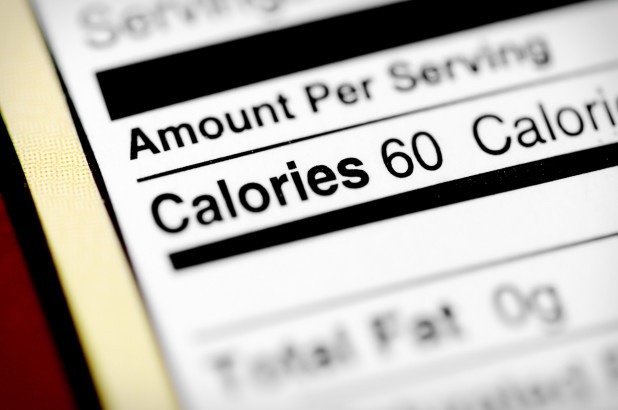(advertisement)
Calorie Information to be Provided in Restaurants and Takeaways?
The calorie labels that are a common sight in supermarkets could soon be seen in fast food outlets and restaurants.
This is the information age, and while some might say we are already being bombarded with more information than we know what to do with, there is no indication that the trend is going to do anything other than increase.
Perhaps the most obvious example of potential information overload is on food labels. Nutritional information, calorie content, potential allergens, GM / organic status, country of origin, fair trade – the list goes on. While you might think there is no space left to provide any more information regarding the food we buy in the shops, that nevertheless leaves one significant gap.
In the busy world of 2018, we are eating out more than we ever have before. In fact, according to the latest research, about a quarter of food is eaten on the go, and we spend an average £1,000 per person per year on “out of home” dining.
(advertisement)
Counting the calories – whoever might be cooking
Given the UK’s unenviable status as the most overweight country in Western Europe, the government is keen to do all it can to ensure everyone is educated as to how many calories they are eating. And given that so much of what we consume is now on the hoof, whether it is a sandwich in a coffee shop or a swanky meal in a restaurant, it makes sense to make the information as readily available when we are eating out as when we cook at home. A public consultation on how this can best be achieved has therefore been opened and will run for the next 12 weeks.
To inform, not dictate
Steve Brine, the Conservative MP for Winchester and Under-Secretary of State for Public Health is leading the initiative. He stressed that the objective is to educate and inform, and not to tell people what they can and can’t eat. He said: “This is not about forcing anyone to eat certain things, or companies to behave in a certain way.” He does, however, feel that everyone has the right to know as much as possible about the food that they are eating, and that they are feeding to their children.
The emphasis on what we are feeding to children is a pertinent one. The government has pledged to reduce childhood obesity by 50 percent over the next 12 years, and this initiative is seen as a key part of making that happen.
Cautious approval
Health bodies including the Department of Health & Social Care, Public Health England and the National Obesity Forum have all welcomed the consultation. However, they have warned that unless a mandatory system of labelling is introduced, very little will be achieved.
Some coffee shops and restaurants already provide calorific information, but as is so often the case, this is effectively “preaching to the converted.” Voluntary systems are more likely to be adopted by those outlets that are already providing low-calorie options to health conscious clients, while the junk food outlets that really need to be the primary target would be highly unlikely to provide calorific information unless they had to.
The consultation is set to conclude on 07 December 2018.
(advertisement)
(advertisement)

